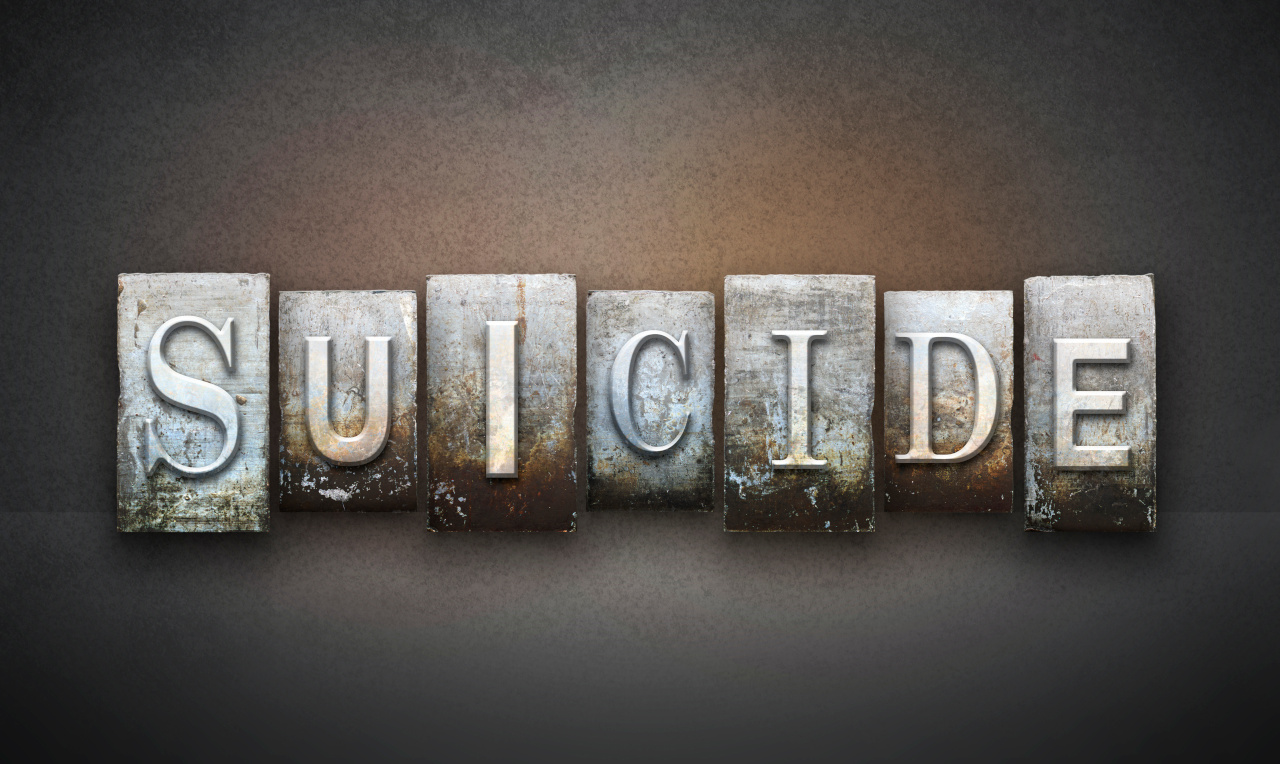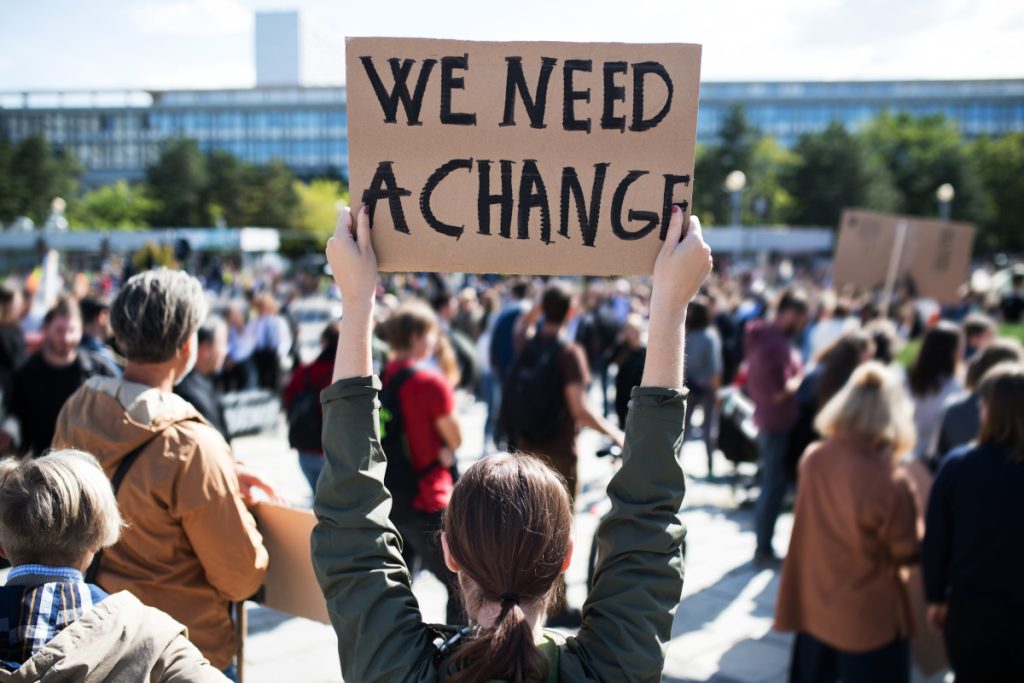Maybe we have suicide all wrong. Maybe it is NOT a mental illness. Maybe there are some people that just “identify” as terminally ill and they deserve the same dignity of choosing death.
I have noticed that the rebellions of my youth have become normalized in my adulthood. Growing up, smoking marijuana was not only illegal but the word “Pothead” was common to describe someone consuming marijuana. Now the use of marijuana is normalized. When I grew up, television never aired racy adult-oriented material before 8 pm, and then you rarely ever heard profanity or soft-core sex scenes. Today that is the norm on television 24 hours a day. Also, growing up, we never saw same-sex relationships publicly or broadcast. Today, that, too, is routine. All of these social issues associated with rebellion in the 1970s and 1980s are now commonplace and broadly accepted, leading me to believe that the rebellions of today will become normalized in 20 years.
As we approach Suicide Prevention Awareness Month (September), a huge push is underway on social media and news outlets to make people aware of suicide resources, like the new 988 Suicide and Crisis Lifeline that US citizens can call when at the end of their rope. When I grew up, suicide was for the weak. However, modern research has found that “46% of people who commit suicide had a known mental health condition” (https://www.nami.org/About-Mental-Illness/Common-with-Mental-Illness/Risk-of-Suicide). In the US, suicide was the second leading cause of death among individuals between the ages of 10-14 and 25-34, with nearly two times as many suicides (45,979) as homicides (24,576) (https://www.nimh.nih.gov/health/statistics/suicide).
Earlier this month (August 1), the LA Times reported on the death of Gabriella Walsh, who, stricken with a terminal illness, decided to end her life on her own terms (https://www.latimes.com/california/story/2022-08-01/death-with-dignity-gabriella). In California, the End of Life Option Act in 2018 allows doctors to prescribe a drug to aid in dying, along with specific steps to follow. This allows doctors to assist patients with suicide and go unpunished. On July 16, Gabriella Walsh carried out her decision to end her own life on her own terms. And the LA Times referred to the decision as “Dying with Dignity.”
When I was young, the world was plagued by a malevolent doctor named Dr. Jack Kevorkian. Based in Michigan, Dr. Kevorkian was infamous for his legal complications involving assisted suicides. In 1998, Dr. Kevorkian was tried AND CONVICTED of second-degree murder for his involvement in helping Thomas Youk commit suicide after being diagnosed with ALS (https://www.chicagotribune.com/news/ct-xpm-1998-12-23-9812230212-story.html). Growing up, assisting someone to kill themselves was criminal. Today, it is hailed as helping one die with dignity.
Where are we going? If the rebellions of one generation are mainstream in the next, then maybe we have suicide all wrong. Maybe it is NOT a mental illness. Maybe these are just individuals that identify with having terminal and incurable illnesses. Maybe they deserve the same dignity of choosing death over life. Instead of offering psychological support, we should be prescribing death-aiding medications. Suicide is either a mental illness or it is not. We cannot toe the line between the two, dignifying it with respect under some conditions and decrying it as a mental illness in other conditions. On August 31, 2005, my brother-in-law, William Jesse Gathercoal, ended his own life. He suffered from mental illness.



